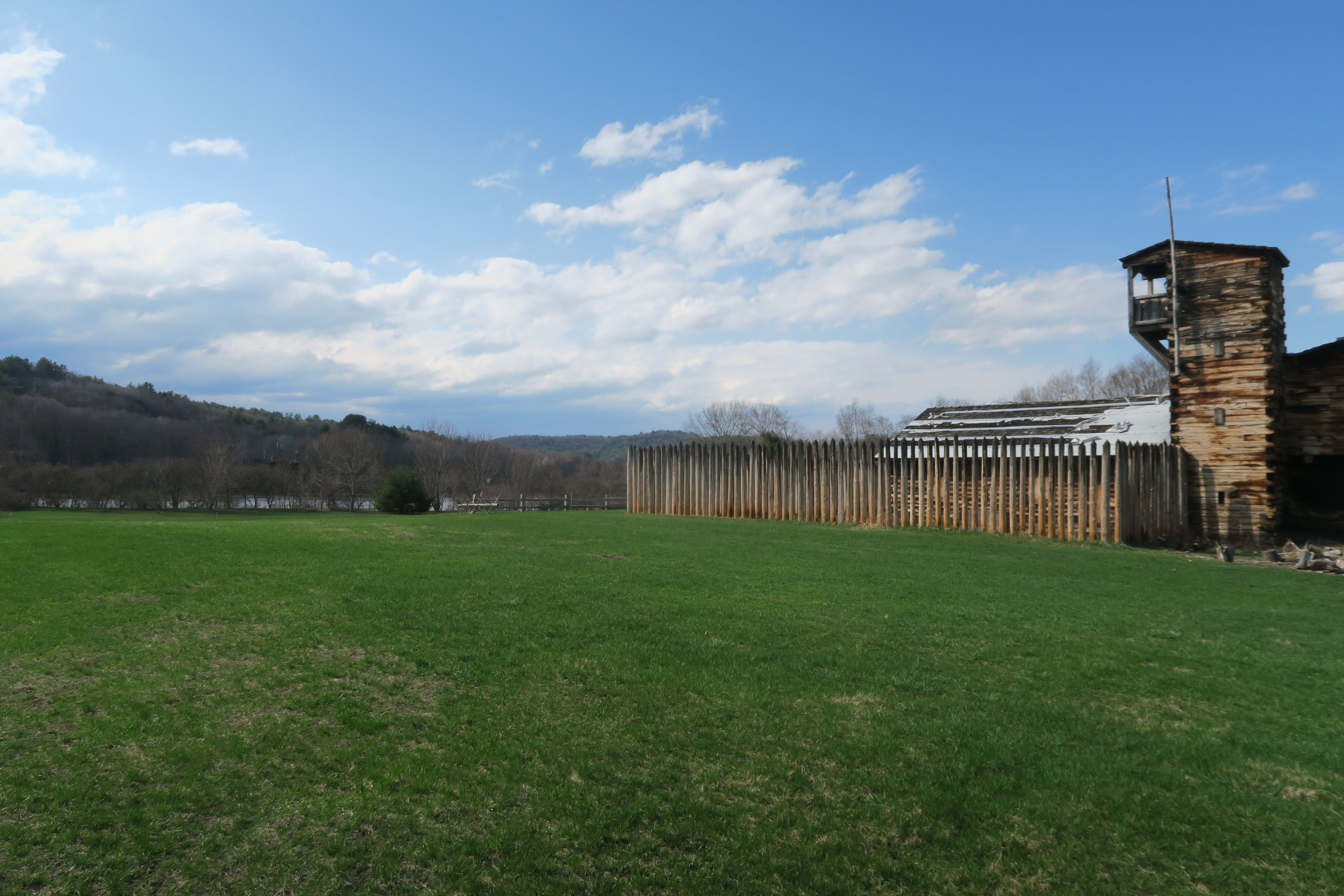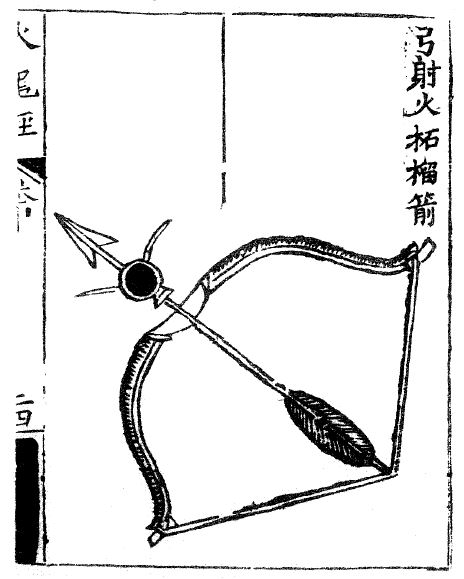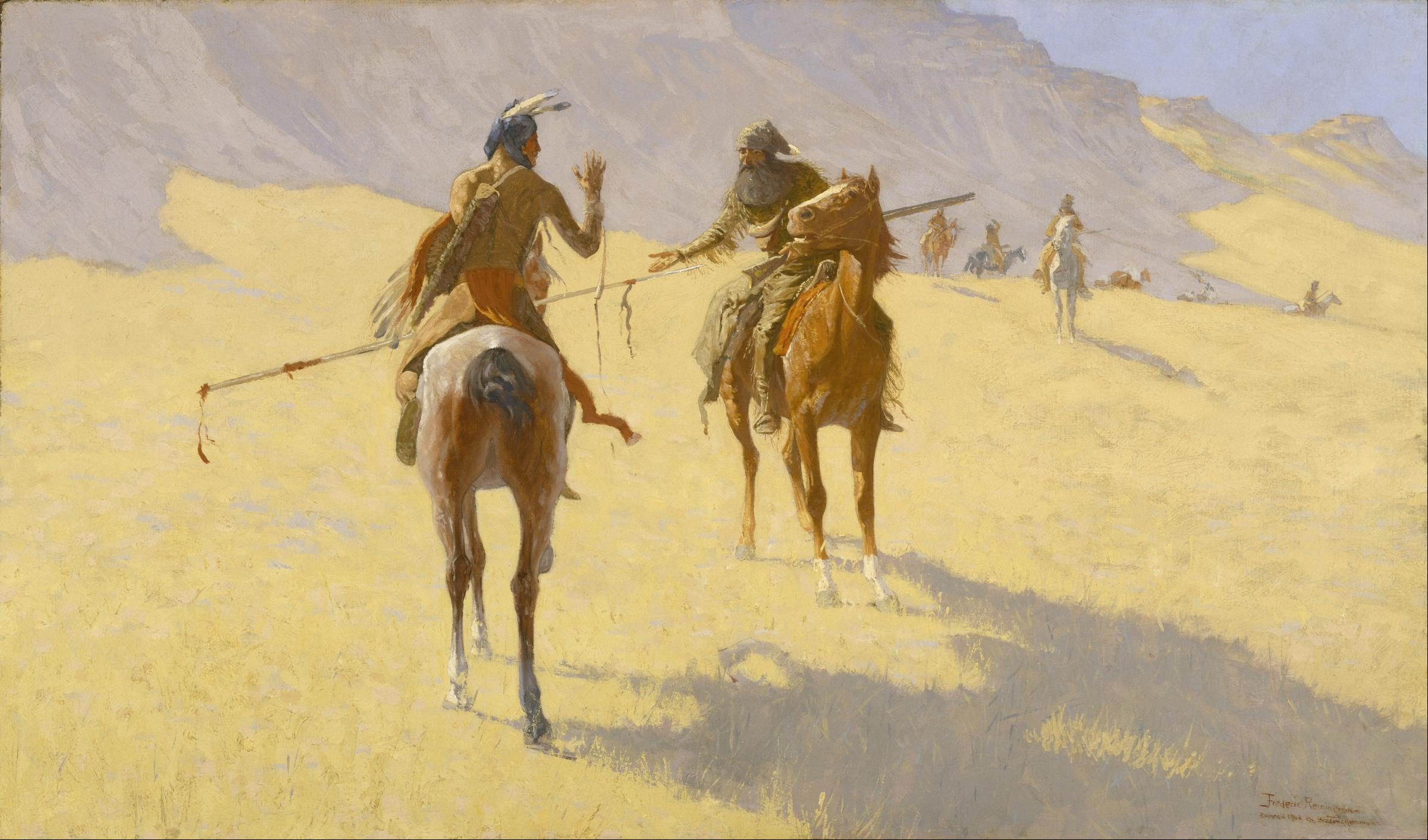|
Siege Of Fort At Number 4
The siege of Fort at Number Four (7–9 April 1747) was a frontier action at present-day Charlestown, New Hampshire, during King George's War. The Fort at Number 4 (named so because it was located in the fourth of a series of recently surveyed township land parcels), was unsuccessfully besieged by a French and Native force under the command of Ensign Joseph Boucher de Niverville. The British defenders were alerted to the presence of the besiegers by their dogs, and were well-prepared to defend the fort. They successfully fought off attempts to burn the fort down, and turned down demands that they surrender. Some of Boucher de Niverville's Natives, short on provisions, attempted to bargain with the fort's defenders for supplies, but were rejected. Background In the 1720s, during Dummer's War, the Province of Massachusetts Bay had constructed Fort Dummer at present-day Brattleboro, Vermont. In the following years, settlers from Massachusetts, which laid claim to the territory, mo ... [...More Info...] [...Related Items...] OR: [Wikipedia] [Google] [Baidu] |
King George's War
King George's War (1744–1748) is the name given to the military operations in North America that formed part of the War of the Austrian Succession (1740–1748). It was the third of the four French and Indian Wars. It took place primarily in the British provinces of New York, Massachusetts Bay (which included Maine as well as Massachusetts at the time), New Hampshire (which included Vermont at the time), and Nova Scotia. Its most significant action was an expedition organized by Massachusetts Governor William Shirley that besieged and ultimately captured the French fortress of Louisbourg, on Cape Breton Island in Nova Scotia, in 1745. In French, it is known as the ''Troisième Guerre Intercoloniale'' or Third Intercolonial War. The Treaty of Aix-la-Chapelle ended the war in 1748 and restored Louisbourg to France, but failed to resolve any outstanding territorial issues. Causes The War of Jenkins' Ear (named for a 1731 incident in which a Spanish commander sliced off the ea ... [...More Info...] [...Related Items...] OR: [Wikipedia] [Google] [Baidu] |
George II Of Great Britain
, house = Hanover , religion = Protestant , father = George I of Great Britain , mother = Sophia Dorothea of Celle , birth_date = 30 October / 9 November 1683 , birth_place = Herrenhausen Palace,Cannon. or Leine Palace, Hanover , death_date = , death_place = Kensington Palace, London, England , burial_date = 11 November 1760 , burial_place = Westminster Abbey, London , signature = Firma del Rey George II.svg , signature_alt = George's signature in cursive George II (George Augustus; german: link=no, Georg August; 30 October / 9 November 1683 – 25 October 1760) was King of Great Britain and Ireland, Duke of Brunswick-Lüneburg (Hanover) and a prince-elector of the Holy Roman Empire from 11 June 1727 ( O.S.) until his death in 1760. Born and brought up in northern Germany, George is the most recent British monarch born outside Great Britain. The Act of Settlement 1701 and the Acts of Union 1707 positioned his grandmother, ... [...More Info...] [...Related Items...] OR: [Wikipedia] [Google] [Baidu] |
Fort At Number 4, View, Charlestown NH
A fortification is a military construction or building designed for the defense of territories in warfare, and is also used to establish rule in a region during peacetime. The term is derived from Latin ''fortis'' ("strong") and ''facere'' ("to make"). From very early history to modern times, defensive walls have often been necessary for cities to survive in an ever-changing world of invasion and conquest. Some settlements in the Indus Valley civilization were the first small cities to be fortified. In ancient Greece, large stone walls had been built in Mycenaean Greece, such as the ancient site of Mycenae (famous for the huge stone blocks of its 'cyclopean' walls). A Greek '' phrourion'' was a fortified collection of buildings used as a military garrison, and is the equivalent of the Roman castellum or English fortress. These constructions mainly served the purpose of a watch tower, to guard certain roads, passes, and borders. Though smaller than a real fortress, they acted ... [...More Info...] [...Related Items...] OR: [Wikipedia] [Google] [Baidu] |
Hostage
A hostage is a person seized by an abductor in order to compel another party, one which places a high value on the liberty, well-being and safety of the person seized, such as a relative, employer, law enforcement or government to act, or refrain from acting, in a certain way, often under threat of serious physical harm or death to the hostage(s) after expiration of an ultimatum. The ''Encyclopædia Britannica Eleventh Edition'' (1910-1911) defines a hostage as "a person who is handed over by one of two belligerent parties to the other or seized as security for the carrying out of an agreement, or as a preventive measure against certain acts of war." A party who seizes one or more hostages is known as a hostage-taker; if the hostages are present voluntarily, then the receiver is known as a host. In civil society, along with kidnapping for ransom and human trafficking (often willing to ransom its captives when lucrative or to trade on influence), hostage taking is a cri ... [...More Info...] [...Related Items...] OR: [Wikipedia] [Google] [Baidu] |
Fire Arrow
Fire arrows were one of the earliest forms of weaponized gunpowder, being used from the 9th century onward. Not to be confused with earlier incendiary arrow projectiles, the fire arrow was a gunpowder weapon which receives its name from the translated Chinese term ''huǒjiàn'' (火箭), which literally means fire arrow. In China a 'fire arrow' referred to a gunpowder projectile consisting of a bag of incendiary gunpowder attached to the shaft of an arrow. Fire arrows are the predecessors of fire lances, the first firearm. Later rockets utilizing gunpowder were used to provide arrows with propulsive force and the term ''fire arrow'' became synonymous with rockets in the Chinese language. In other languages such as Sanskrit 'fire arrow' (''agni astra'') underwent a different semantic shift and became synonymous with 'cannon'. Design Although the fire arrow is most commonly associated with its rocket mechanism, it originally consisted of a pouch of gunpowder attached to an arrow. ... [...More Info...] [...Related Items...] OR: [Wikipedia] [Google] [Baidu] |
Parley
A parley (from french: link=no, parler – "to speak") refers to a discussion or conference, especially one designed to end an argument or hostilities between two groups of people. The term can be used in both past and present tense; in present tense the term is referred to as parleying. In some cases, opposing parties would signal their intent to invoke parley by using a white flag, however the use of a white flag to invoke or request parley is not considered mandatory. The term ''parley'' has been used to refer to numerous high-profile meetings of the 20th century, including the London and Paris Conferences held in 1954 to determine the status of West Germany. In popular culture Below are some examples where a parley is a significant element of the plot. * The Last of the Mohicans features a scene depicting a parley at the end the siege of Fort William Henry. * In the ''Pirates of the Caribbean'' series, parley is a plot device introduced in the first film, '' Pirates of ... [...More Info...] [...Related Items...] OR: [Wikipedia] [Google] [Baidu] |
Musket
A musket is a muzzle-loaded long gun that appeared as a smoothbore weapon in the early 16th century, at first as a heavier variant of the arquebus, capable of penetrating plate armour. By the mid-16th century, this type of musket gradually disappeared as the use of heavy armour declined, but ''musket'' continued as the generic term for smoothbore long guns until the mid-19th century. In turn, this style of musket was retired in the 19th century when rifled muskets (simply called rifles in modern terminology) using the Minié ball (invented by Claude-Étienne Minié in 1849) became common. The development of breech-loading firearms using self-contained cartridges (introduced by Casimir Lefaucheux in 1835) and the first reliable repeating rifles produced by Winchester Repeating Arms Company in 1860 also led to their demise. By the time that repeating rifles became common, they were known as simply "rifles", ending the era of the musket. Etymology According to the Online Et ... [...More Info...] [...Related Items...] OR: [Wikipedia] [Google] [Baidu] |
Siege Of Louisbourg (1745)
The siege of Louisbourg took place in 1745 when a New England colonial force aided by a British fleet captured Louisbourg, the capital of the French province of Île-Royale (present-day Cape Breton Island) during the War of the Austrian Succession, known as King George's War in the British colonies. The northern British colonies regarded Louisbourg as a menace, calling it the "American Dunkirk" due to its use as a base for privateers. There was regular, intermittent warfare between the French and the Wabanaki Confederacy on one side and the northern New England colonies on the other (''See the Northeast Coast Campaigns of 1688, 1703, 1723, 1724''). For the French, the Fortress of Louisbourg also protected the chief entrance to Canada, as well as the nearby French fisheries. The French government had spent 25 years in fortifying it, and the cost of its defenses was reckoned at thirty million livres. Although the fortress's construction and layout was acknowledged as having ... [...More Info...] [...Related Items...] OR: [Wikipedia] [Google] [Baidu] |
Nova Scotia
Nova Scotia ( ; ; ) is one of the thirteen provinces and territories of Canada. It is one of the three Maritime provinces and one of the four Atlantic provinces. Nova Scotia is Latin for "New Scotland". Most of the population are native English-speakers, and the province's population is 969,383 according to the 2021 Census. It is the most populous of Canada's Atlantic provinces. It is the country's second-most densely populated province and second-smallest province by area, both after Prince Edward Island. Its area of includes Cape Breton Island and 3,800 other coastal islands. The Nova Scotia peninsula is connected to the rest of North America by the Isthmus of Chignecto, on which the province's land border with New Brunswick is located. The province borders the Bay of Fundy and Gulf of Maine to the west and the Atlantic Ocean to the south and east, and is separated from Prince Edward Island and the island of Newfoundland by the Northumberland and Cabot straits, ... [...More Info...] [...Related Items...] OR: [Wikipedia] [Google] [Baidu] |
Province Of New York
The Province of New York (1664–1776) was a British proprietary colony and later royal colony on the northeast coast of North America. As one of the Middle Colonies, New York achieved independence and worked with the others to found the United States. In 1664, the Dutch Province of New Netherland in America was awarded by Charles II of England to his brother James, Duke of York. James raised a fleet to take it from the Dutch and the Governor surrendered to the English fleet without recognition from the Dutch West Indies Company that had authority over it. The province was renamed for the Duke of York, as its proprietor. England seized ''de facto'' control of the colony from the Dutch in 1664, and was given ''de jure'' sovereign control in 1667 in the Treaty of Breda and again in the Treaty of Westminster (1674). It was not until 1674 that English common law was applied in the colony. The colony was one of the Middle Colonies, and ruled at first directly from England. Wh ... [...More Info...] [...Related Items...] OR: [Wikipedia] [Google] [Baidu] |
Charles De La Boische, Marquis De Beauharnois
Charles de la Boische, Marquis de Beauharnois ( 12 October 1671 – 12 July 1749) was a French Naval officer who served as Governor of New France from 1726 to 1746. Biography Son of François IV de Beauharnais, Charles had two brothers who also impacted the history of New France. Claude de Beauharnois was a French Naval officer who spent time commanding ships that maintained supply lines to the colony and François de Beauharnois was intendant of New France for a time. The governor worked well with frontier traders, explorers, and missionaries. His term saw a great expansion in the number of western forts with the leadership of people like La Vérendrye, and the linkage of Canadian and Louisiana colonies. Exploration was pushed west to the Rocky Mountains by La Vérendrye and his sons. Despite a generally peaceful and prosperous administration, he was blamed for the fall of Fortress Louisbourg in 1745, and was recalled in 1746, returning to France to following year. B ... [...More Info...] [...Related Items...] OR: [Wikipedia] [Google] [Baidu] |


_und_ihre_Kinder_Georg_August_und_Sophie_Dorothea.jpg)

.jpg)





